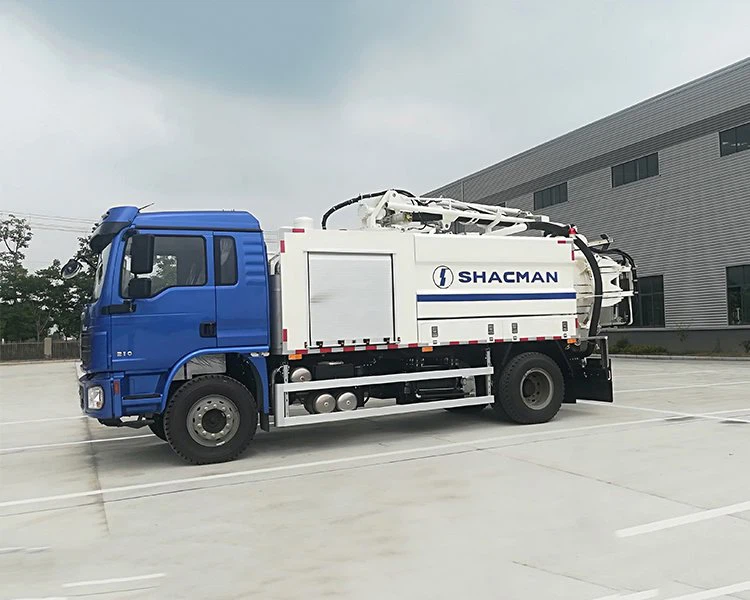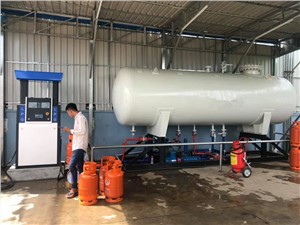What Is a Truck Cab? A Comprehensive Guide

Introduction
In the world of trucking, the term “truck cab” is fundamental to understanding the vehicles used for transportation. A truck cab is not merely a compartment; it is a vital part of a truck that serves multiple functions, including housing the driver, containing essential controls, and enhancing functionality for various industries. This article will delve deep into understanding what a truck cab is, exploring its types, designs, features, and much more to help you understand its importance in the trucking industry.
Understanding Truck Cabs
Definition of a Truck Cab
A truck cab is the front portion of a truck, which includes the seating area for the driver and often a passenger. It houses all essential controls and instruments necessary for operating the vehicle. It is designed to provide visibility, comfort, and safety for the operator.
The Importance of a Truck Cab
The cab plays a crucial role in the overall functionality of a truck. It ensures that the driver has complete control over the vehicle, can navigate safely, and is comfortable for long-haul journeys. Cabs are also designed with safety features to protect drivers and passengers in case of accidents.
Types of Truck Cabs
Standard Cab
The standard cab is a top choice for many truck drivers. It typically features two doors and a single row of seating. This cab option is compact, making it perfect for urban driving.
Advantages of Standard Cabs

- Better maneuverability in tight spaces.
- Lighter weight, improving fuel efficiency.
- Cost-effective compared to larger cab types.
Extended Cab
The extended cab offers additional seating, usually in the form of a small rear bench or jump seats. It provides more room for passengers or additional cargo.
Advantages of Extended Cabs
- Increased passenger capacity without sacrificing too much space.
- Greater versatility for varied transportation needs.
Crew Cab
The crew cab is designed for those who need to transport multiple passengers comfortably. It includes four full-sized doors and an extra row of seating.
Advantages of Crew Cabs
- Optimal comfort for up to six people.
- Great for work teams heading to job sites.
Common Truck Cab Features
Ergonomic Design
Modern truck cabs emphasize ergonomic design to reduce driver fatigue. Features like adjustable seats, steering wheels, and foot pedals allow drivers to customize their driving positions for maximum comfort.
Safety Features
Advanced safety systems such as anti-lock braking systems, stability control, and airbags are integral parts of contemporary truck cabs.
Technology Integration
Many truck cabs come equipped with advanced technological systems, including GPS navigation, Bluetooth connectivity, and onboard diagnostics to enhance the driving experience.
Examples of Technology in Truck Cabs
| Feature | Benefits |
|---|---|
| GPS Navigation | Assists in route planning and reduces travel time. |
| Bluetooth Connectivity | Allows hands-free calling and music streaming, enhancing safety. |
| Onboard Diagnostics | Monitors vehicle health and alerts drivers of issues. |
Choosing the Right Truck Cab for Your Needs
Consider Your Driving Needs
Your choice of truck cab will heavily depend on how you intend to use your truck. If you primarily drive through urban settings, a standard cab may be sufficient. For those who transport teams or families, a crew cab is more suitable.
Analyze Your Budget
Different types of truck cabs come at various price points. Identify your budget when choosing a cab, as some models may offer extra features that can significantly increase costs.
Tips for Budgeting for a Truck Cab
- Research various models and their price ranges.
- Consider additional costs such as insurance and maintenance.
- Look for financing options or leases that fit your budget.
Practical Tips for Maintaining Truck Cabs
Regular Cleaning
Keeping the truck cab clean, inside and out, improves the overall driving experience and helps maintain its value over time. Regular cleaning prevents dust build-up and preserves upholstery.
Routine Inspections
Performing routine inspections on all functional components inside the cab, including mirrors, seat belts, and lights, ensures optimal safety and performance.
Checklist for Routine Inspections
- Check seat belts for wear and tear.
- Inspect mirrors for clarity and adjustability.
- Ensure that all electronic features are functioning properly.
The Future of Truck Cab Technology
Automation and Advanced Driver Assistance Systems (ADAS)
The trucking industry is witnessing innovations in automation. This includes features that assist drivers, such as adaptive cruise control and lane-keeping assistance.
Electric and Hybrid Truck Cabs
As the industry moves towards sustainability, electric and hybrid truck cabs are becoming more prevalent. These vehicles not only reduce emissions but often offer advanced digital features that optimize performance.
Truck Cab Customization Options
Aftermarket Accessories
Truck owners can personalize their cabs with various aftermarket accessories. These accessories can range from custom seat covers to advanced infotainment systems.

Performance Enhancements
Tuning the truck cab for performance can include modifications such as enhanced suspension systems or upgraded audio systems, which can significantly improve the driving experience.
FAQ Section
What is the primary function of a truck cab?
The primary function of a truck cab is to provide a secure and comfortable space for the driver and, in many cases, passengers, while facilitating control over the vehicle.
How does the cab affect paint protection for a truck?
The cab’s design can prevent water and debris from damaging the truck’s exterior. However, regular maintenance, including waxing and using protective coatings, is essential for long-term protection.
Can truck cabs be modified?
Yes, truck cabs can be modified with aftermarket accessories or customizations to suit personal preferences or specialized needs.
What are common materials used in truck cab construction?
Truck cabs are generally constructed from high-strength steel or lightweight composites to ensure durability and fuel efficiency.
Is it legal to alter a truck cab?

Yes, as long as the modifications comply with local safety and emissions regulations. Always check with regulatory bodies before making significant changes.
How often should I clean my truck cab?
It is recommended to clean your truck cab at least once a month. However, frequent cleaning may be necessary based on usage, especially for commercial trucks.
